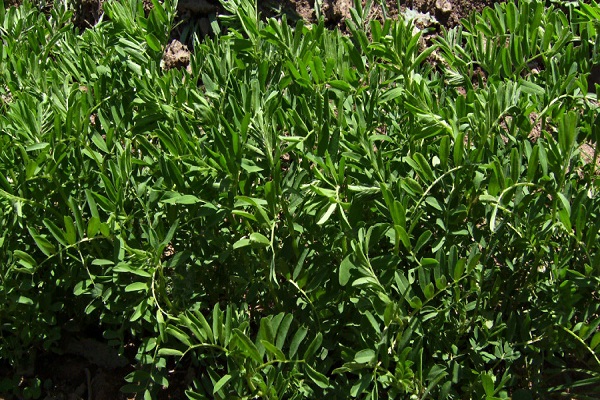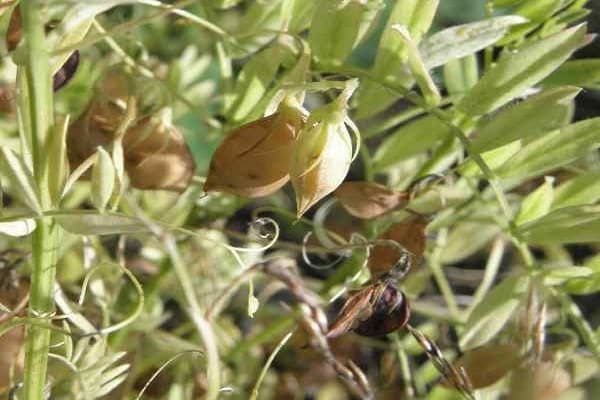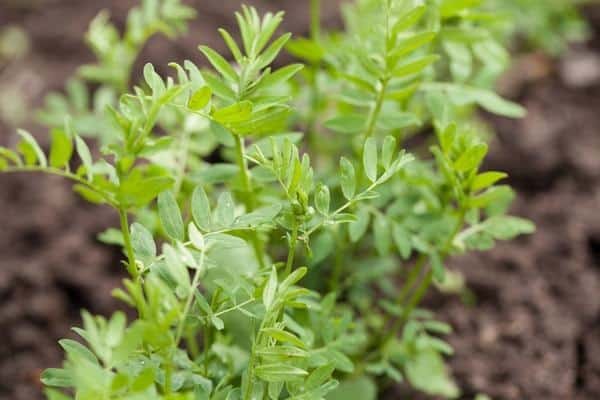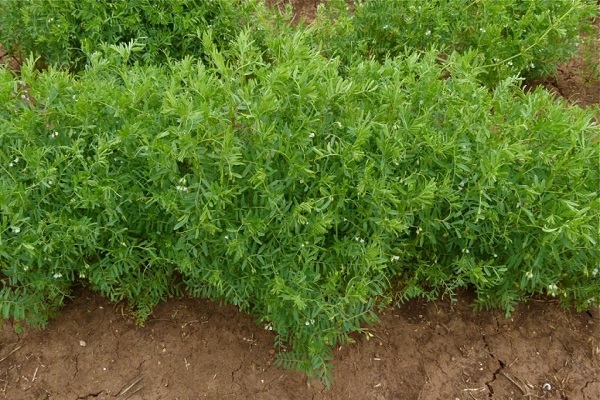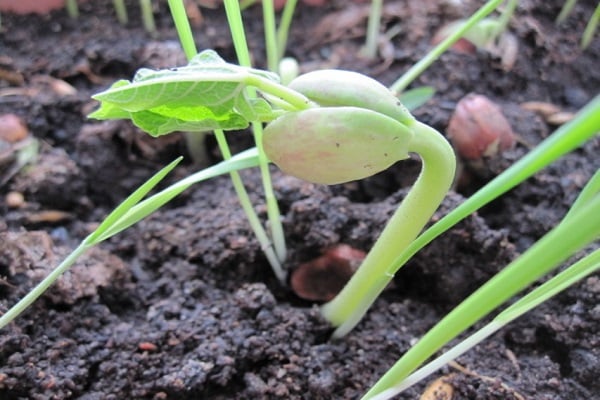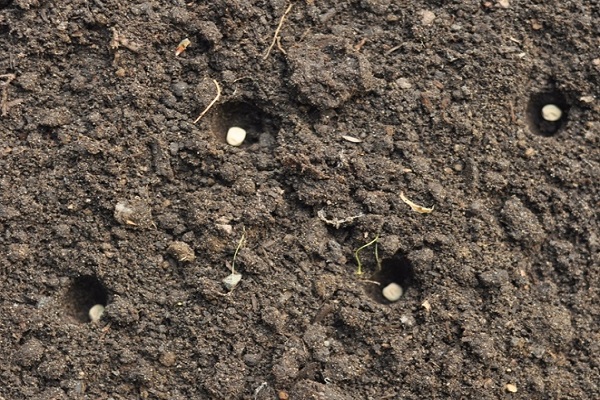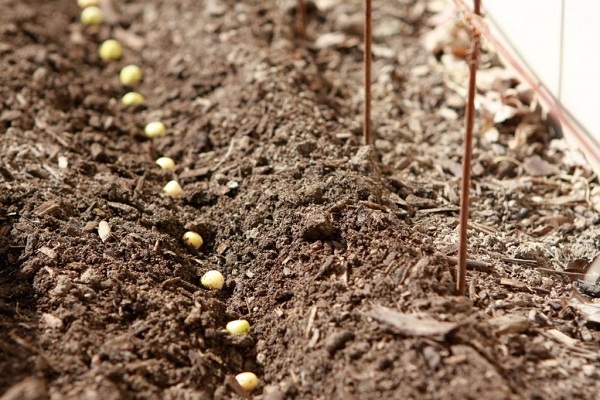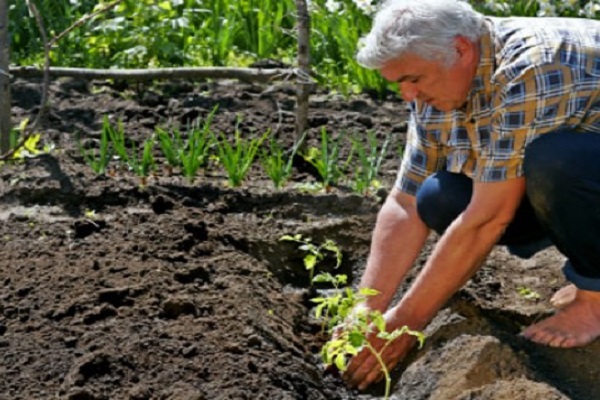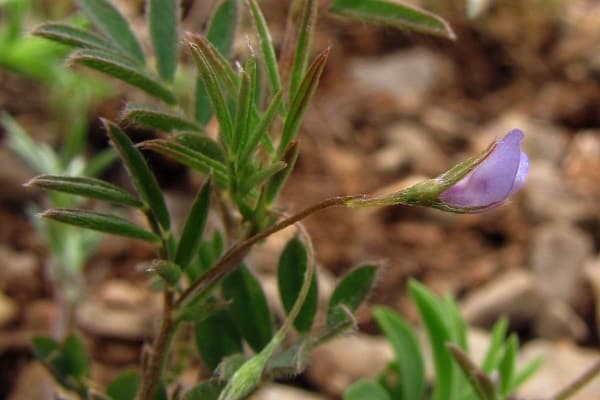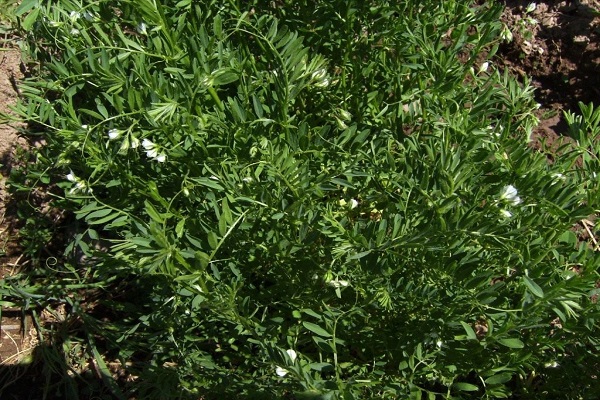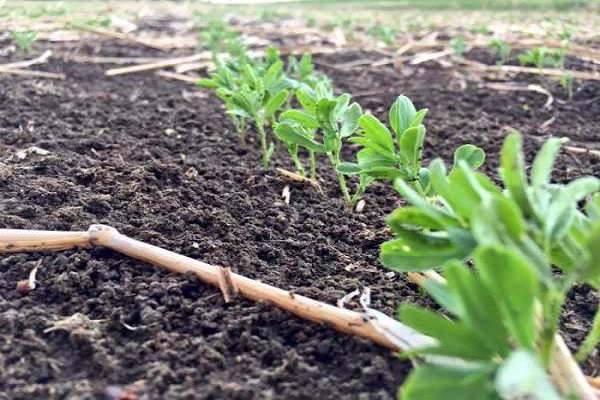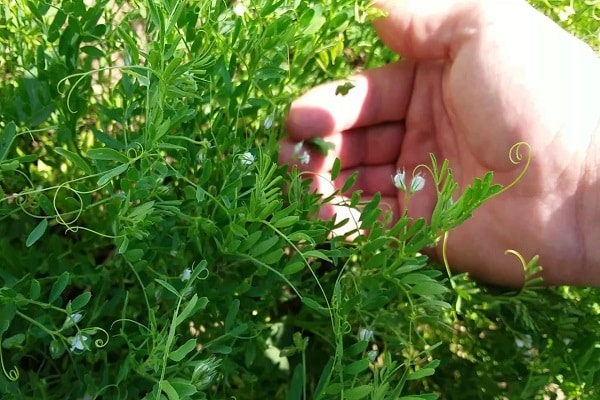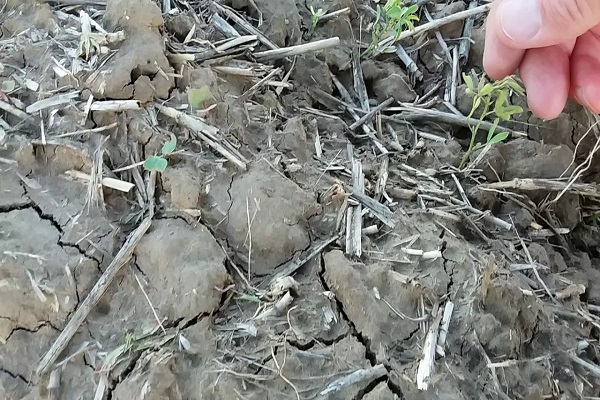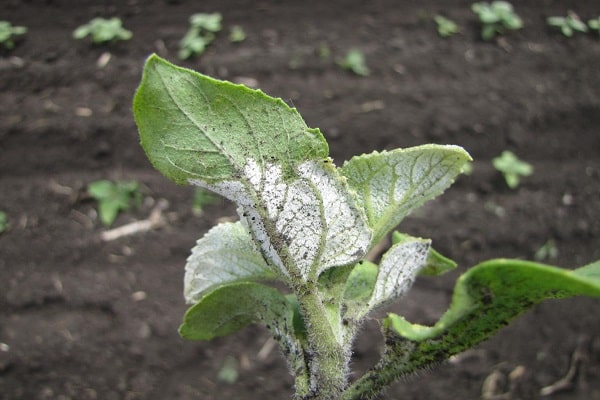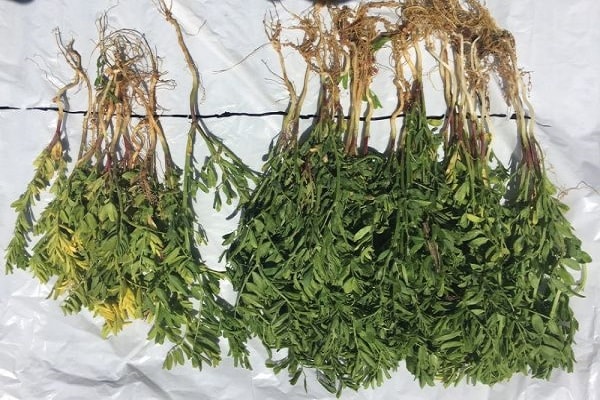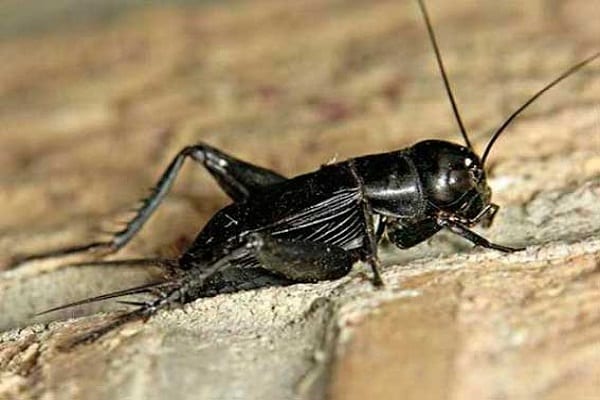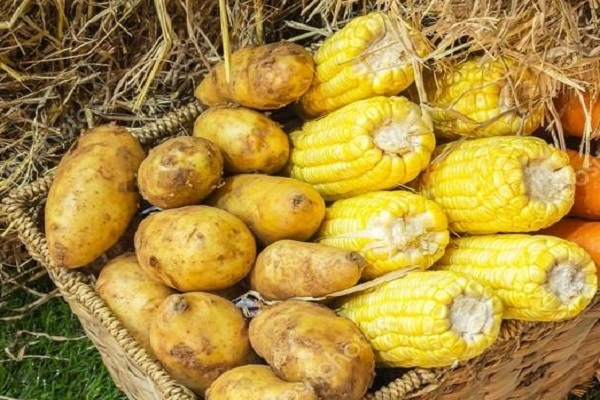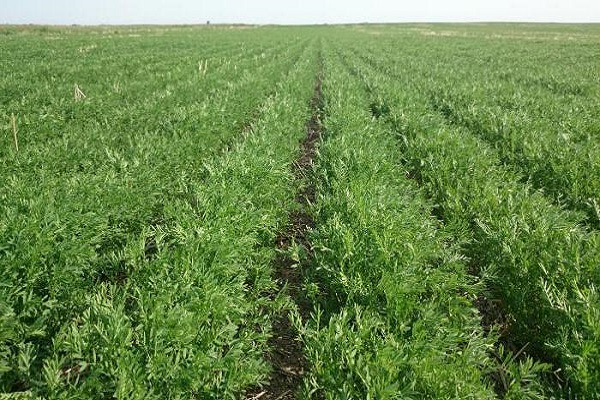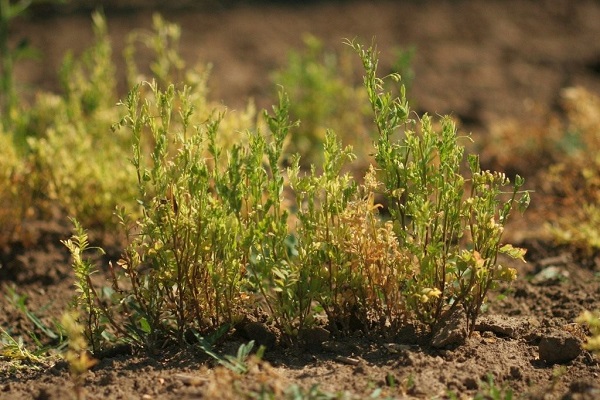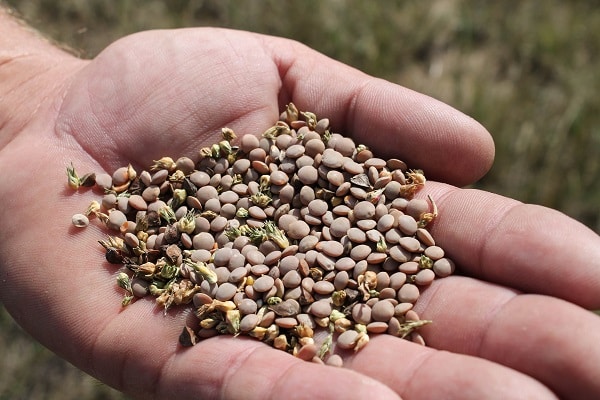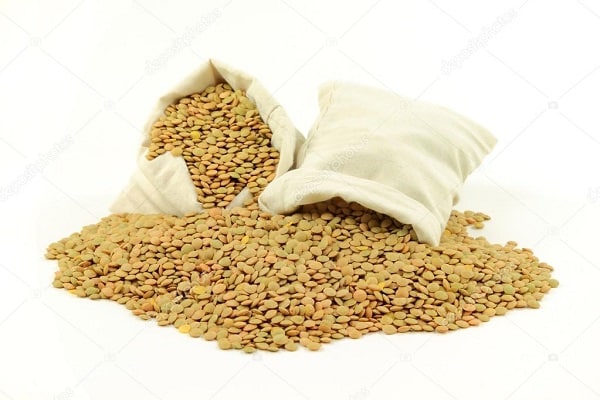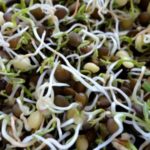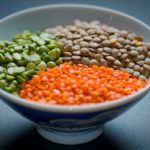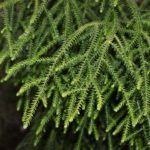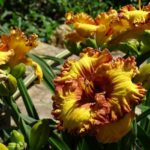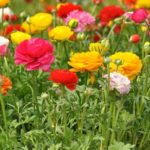Until recently, our country was one of the leaders in lentil production. Subsequently, peas and beans replaced the leading crops. Today, this original product is returning not only to the kitchen, but also to the fields.
Agrarian specialists had to restore knowledge almost from scratch about how lentils grow and how to properly cultivate them. The agricultural technology of the crop is not particularly complex. Any novice summer resident can get a good harvest of lentils in his personal plot.
Lentils: description, features, best varieties and varieties
Lentils belong to the legume family and are part of the group of leguminous crops. Only one species is cultivated - Lentils for food. This is an annual herbaceous plant 30-75 cm high. Lentils form small bushes.
The stems of the crop are erect, faceted, branched, and covered with villi. The root system is weak, thin and sparsely branched. The leaves are alternate, pinnate, with short petioles and branched tendrils. The leaves are oval, on short petioles, with a point at the end, up to 2 cm long. The flowers are small, collected in racemes, white, pink or purple, the ovary with 2-3 ovules.
Lentils bloom in June-July. After flowering, drooping, diamond-shaped bean fruits are formed, only 1 cm long and 0.8 cm wide. One bean contains only 1-3 seeds, which have a flattened shape with sharp edges. The color of the grains depends on the type of lentil.
Cultivated lentils are divided into 2 varieties: large-seeded, which is used for human food, and small-seeded, which is used for fodder.
Lentils must be grown taking into account its biological characteristics. This plant does not require heat: seed germination is possible already at +3 ºС, and seedlings can withstand frosts down to -5 ºС. The most friendly and rapid shoots appear when the soil warms up to +8...+10 ºС to a depth of 10 cm. In this case, shoots appear already on the 7th day after sowing. If the first shoots still die, new stems grow from underground nodes.
In lentils, like other leguminous crops, nitrogen-fixing nodules are formed on the roots, enriching the soil with nitrogen.
In our country, more than half of the lentil harvest is produced by small farms. The leader in its production in Russia is the Volga Federal District. More than 60% of the total crop harvest is harvested here. It is grown, although in much smaller quantities, in the Siberian and Southern Federal Districts.
The following varieties of edible lentils are cultivated:
- Green. Most varieties of this variety are large-seeded, with early sowing and late ripening. Green lentils are tall and prone to lodging. The main variety of this variety is French green lentil de Puy. In the Russian Federation, mainly green varieties are grown: Oktava, Anfiya, Petrovskaya, Novaya Luna and others, resistant to lodging, shedding, drought, and disease. The grain contains 27-30% protein.
- Red. Large-seeded (9 mm), medium-sized and small-seeded (2 mm) varieties are grown. Small seeds are the fastest to ripen.
- Specific. This category includes black (Beluga), Spanish brown small-seeded and orange lentils.
Planting in open ground
The culture gives good yields when cultivated on medium-fertile, loose soils with good aeration, chestnut, podzolic, loamy, sandy loam and calcium-rich chernozems.
Heavy chernozems, acidic and saline soils, and waterlogged soils are not suitable for the plant. Sowing lentils on soil enriched with organic and nitrogen fertilizers leads to the fact that the plant forms a large volume of green mass, and the beans ripen unevenly. Their taste and quality indicators are deteriorating. In the fall, potassium sulfate is added at the rate of 50 g per 1 m².
Before sowing, wood ash is added to the soil at the rate of 10 liters per hundred square meters, to which 20 g of ammonium nitrate can be added.Organic matter is not added to the crop. At the same time as the seeds, superphosphate is added to the rows.
The crop is sown in early spring, when the ground warms up to at least +5 ºС. To speed up the germination of grains, you can dip them in boiling water for a few seconds and then wrap them in a towel. This treatment helps to improve the health of the seed from microorganisms and fungal spores. You can soak the seeds in a growth stimulator for a day.
Lentils are sown to a depth of 3-5 cm, quite densely - the row spacing is only 15 cm. 250 large seeds or 300 small ones are used per 1 m².
Lentils will decorate the landscape design of a summer cottage; decoration with the help of this plant is suitable for decorating a “minimal care” garden, compositions in a rural style, and edible flower beds.
Lentils can be used as green manure fertilizer for preparing the soil in a greenhouse with your own hands. In this case, the crop is sown in autumn or spring and plowed in 1-2 weeks before planting the main crop.
Plant propagation
Growing technology involves the use of seeds with a germination rate of at least 85%. Preliminary propagation is carried out if there are less than 1000 seeds in a sample, the germination percentage is decreasing, or there is a desire to breed a new variety, but there is not enough planting material for full-scale sowing.
The minimum number of seeds required for propagation is 800 pcs. They are sown in 4 rows 4 m long and with row spacing of 45 cm. The distance between plots with different varieties should be at least 90 cm. In this case, sowing is carried out in holes, the distance between which is at least 3 cm.
Lentils are self-pollinating plants, but when seeds are propagated during flowering, the flower can also be pollinated by insects, which will significantly increase the yield and seed yield.Flowers are examined for compliance with the phenotypic characteristics of the variety.
Before harvesting, growing bushes are dried to ensure uniform ripening using special substances - desiccants. Harvesting in small areas is best done manually.
Plant care rules
Many people ask whether it is possible to get a crop grown independently, how to grow it, growing lentils is not difficult - it is an unpretentious plant that does not require special care. The exception is weed control.
Lentils slowly grow green mass, so at first they need enhanced protection from weeds and regular watering. Flowering begins 40-45 days after germination. From this time until harvest, the crop becomes resistant to lack of moisture and high air temperatures.
Excess moisture during this period slows down the ripening of seeds, so lentils are watered no more than 2 times a week.
Lentil cultivation does not require the application of organic and nitrogen fertilizers. Nitrogen-fixing properties of lentils allow you to provide yourself with this element by 80%.
Lentils are in dire need of phosphorus. It promotes plant rooting and development, participates in nitrogen fixation, promotes uniform flowering and rapid ripening of fruits. The maximum safe dose of phosphorus fertilizers is 0.16 kg per hundred square meters.
To form a good harvest, the crop needs potassium in the amount of 0.8 kg of fertilizer per hundred square meters. The first time, potassium and phosphorus fertilizers are applied along with the seeds, and the second time, during the budding phase.
To obtain a good harvest, sulfur is necessary. Ammonium sulfate is added at the rate of 0.09 kg per hundred square meters.
Disease and pest control
Main diseases of lentils:
- Powdery mildew.This is a fungal disease, which is characterized by the appearance of a white powdery coating on the above-ground parts of the plant - the mycelium of the fungus. Over time, when the pest spores mature, the coating becomes gray. The parasite prevents the plant from carrying out photosynthesis, which reduces the yield by 20%. The fungus overwinters in plant debris and becomes active in hot, dry weather.
- Ascochytaosis. Fungal disease. Yellow spots with a brown edge appear on the above-ground parts of the plants, which over time turn into brown pycnidia. The risk of disease increases in high humidity conditions. Losses amount to up to 30%; defective seeds are formed on diseased plants.
- Rust. Mycosis affects all above-ground organs of plants, as a result of which rusty-brown spots appear on them, which turn black over time. With a large degree of damage, necrosis develops on the leaves and they fall off. Productivity is reduced by 30%, seed material is produced of poor quality.
- Fusarium affects the plant completely. The leaves turn yellow and fall off, the plant stops growing. If the lesion reaches the roots, they turn brown and the plant itself dies. At the bottom of the stem you can see a pinkish coating - fungal spores. The danger of the pathogen is that the seeds of the affected plant accumulate fusariotoxins, which are poisonous to humans and animals. Infection occurs through the soil in which the fungal spores overwinter.
- Root rot. The disease is characterized by the appearance of dark spots in the root collar area. The roots begin to rot, the vascular system of the plants is affected, resulting in their death. The causative agent of the disease is bacteria that are activated in conditions of high humidity.
To combat diseases, special preparations are used - fungicides and antibacterial agents.The best means of prevention is the selection of resistant varieties. Crop rotation, deep fall plowing, treating crops with Bordeaux mixture, and clearing the area of plant sediments and drafts are considered effective.
Lentil pests:
- Steppe cricket. This is a black insect with developed wings. The larvae have underdeveloped wings, the eggs are white and large (4 mm in length). They eat the green parts of the plant.
- Steppe click beetle. These are black insects with a bronze tint; the larvae are brown. The pest overwinters deep in the soil and eats the green parts of the plant.
- Black weevil. This is a small beetle with gray hairs in the lower part of the abdomen; the larvae are white with a brown head. Leaves and fruits are damaged.
- Pea aphid. The insect damages all parts of the plant until the shoots die.
- Nodule weevil. The pest eats young shoots and the shell of nitrogen-fixing nodules.
- Snails and slugs. They eat young shoots.
Insecticides are used to control pests. Deep moldboard plowing before wintering is effective, which leads to the death of insects and their larvae.
Combination with other plants
The best predecessors for lentils are winter crops, corn and potatoes.
Lentils, like other leguminous plants, saturate the soil with nitrogen and are a good precursor for any subsequent crops.
Lentils are also sown with other crops. To obtain green mass, haylage, silage and seeds in the conditions of Siberia, the Volga region and the southern Urals, it is sown together with barley, wheat, peas, and spring camelina. To do this, the seed is mixed in equal parts. In the south of the country, lentils are grown in combined crops with honey plants - phacelia.
Growing Lentils
The main varieties grown in Russia are green lentils: Belotserkovskaya-24, Dnepropetrovskaya-3, Novaya Luna, Petrovskaya-4/105, Tallinskaya-6, Penzenskaya-14, Petrovskaya Yubileynaya. The crop is grown in 13 large regions of the country.
The largest harvests are collected in the Saratov region - about 65 thousand tons, the Altai Territory is in second place (49 thousand tons), and the Samara region is in third place (40 thousand tons). The yield is 7.2 quintals per 1 ha.
Cleaning and storage
The beans of the crop ripen unevenly: ripening begins with the lower fruits. Lentil harvesting begins when only 1/3 of the beans remain unripe, and the rest become brown in color. The bushes are cut at ground level, and the roots are left in the ground.
Since dry beans easily crack and open, losing seeds, lentils are harvested in the morning, in the dew, when high humidity softens the walls of the fruit. For harvesting crops, a flexible header with automatic cutting height control, an air drum and a stem lifter is used.
Seeds of milky-waxy ripeness can be used for food. They are tasty, but do not store well.
The cut bushes are tied into sheaves and dried for several days in a draft, hanging. During this time, the remaining beans ripen. After threshing, the grain is cleaned of impurities, dried in the sun, and packaged in sealed containers made of glass or metal.
Lentils are stored in cardboard boxes or textile bags in a dark, cool, well-ventilated area. You should not store lentils in beans. They are hygroscopic, quickly absorb moisture, mold and rot.
Threshing is carried out at a seed moisture content of 18%, and grains with a moisture content of 13% for red lentils and 14% for green lentils are suitable for storage.The grain can be dried forcibly, but the temperature should not exceed +45 ºС.
Lentils have a limited shelf life; the shelf life of the grain at a humidity of 14% and a temperature of +15 ºС reaches 40 weeks.

